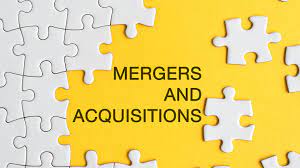09
Oct
Negotiation and settlement practices in car insurance claims can vary depending on the insurance company and the specific circumstances of the claim. However, here are some general practices that are often involved in the negotiation and settlement process: Communication: Throughout the claims process, effective communication is essential. You will likely be in contact with a claims adjuster or representative from the insurance company who will handle your claim. They will provide updates, request additional information, and discuss settlement options with you. Documentation: To support your claim and negotiation, it's important to provide all relevant documentation and evidence promptly. This may…









